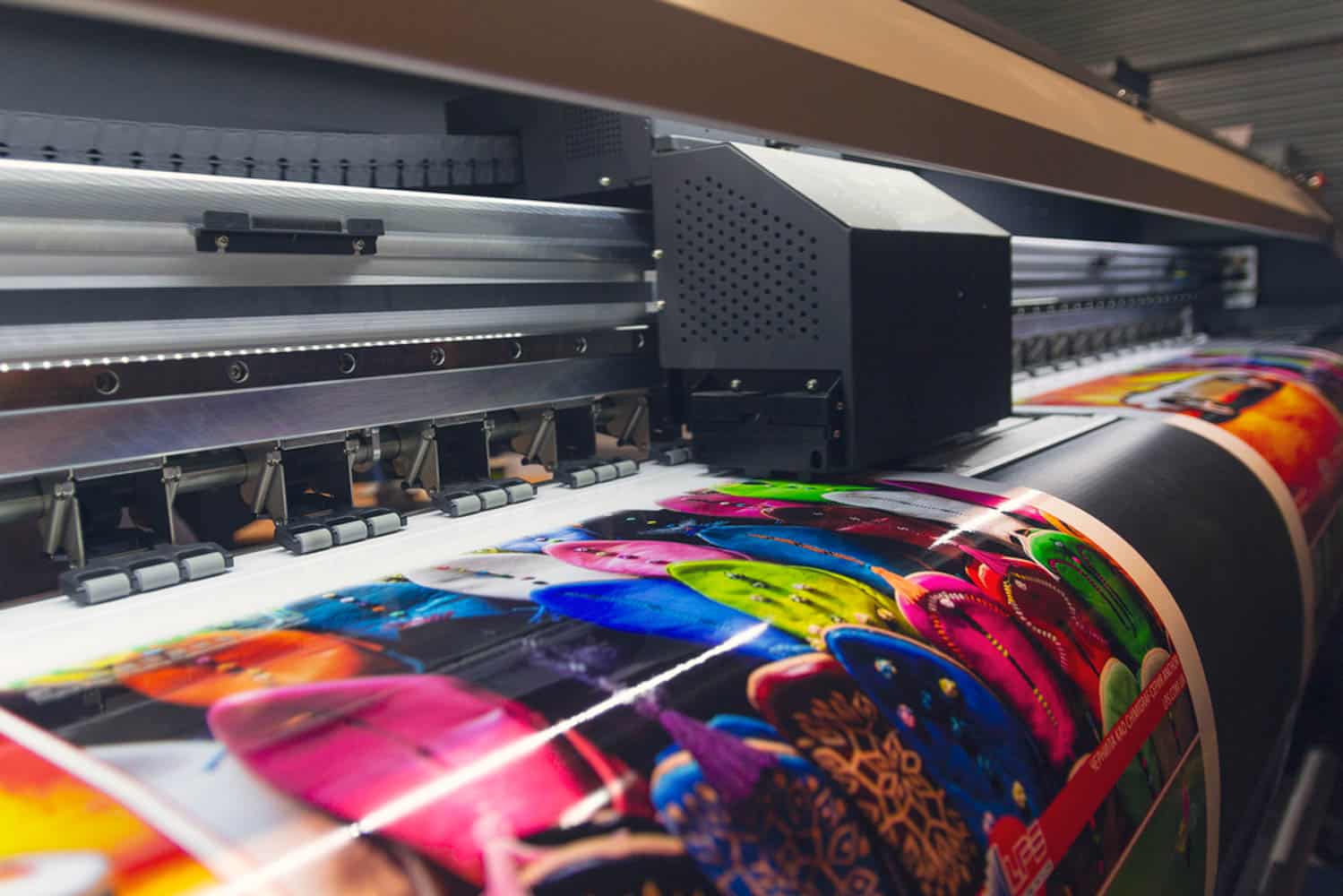Rumored Buzz on Digital Printing
Table of ContentsFacts About Digital Printing RevealedSome Of Digital PrintingGetting My Digital Printing To WorkSome Known Factual Statements About Digital Printing Indicators on Digital Printing You Need To KnowThe 2-Minute Rule for Digital PrintingDigital Printing Can Be Fun For AnyoneThe Basic Principles Of Digital Printing
Customization also permits organizations to stand out in a jampacked market by creating distinct marketing materials that separate them from their competitors. One of the major benefits of digital printing is the capacity to print variable data. Each published piece can be distinct, allowing services to produce customized advertising and marketing products that speak straight to their target audience.Digital printing likewise permits modification in the style of advertising products. With electronic printing, companies can develop styles that are unique and customized to their certain needs. This can consist of customized graphics, typefaces, and layouts that can aid to distinguish them from their competitors. One more advantage of electronic printing is the ability to publish as needed.
The Facts About Digital Printing Revealed
By printing smaller sized amounts of advertising and marketing materials, businesses can minimize waste and prevent the requirement for excess inventory. Digital printing is likewise flexible.
By utilizing different products and formats, businesses can develop distinct marketing materials that stick out from their rivals and draw in interest from their target audience. Digital printing also provides uniformity. With traditional printing methods, there is typically variation in between prints because of differences in ink coverage, stress, and various other aspects.
This uniformity can assist build consumer trust fund and reliability, showing that business is committed to offering premium materials. Consistency is specifically essential for organizations that want to develop customer trust and reputation. By making sure that every print is regular, services can show that they are devoted to giving high-quality products and taking notice of the information.
The Best Strategy To Use For Digital Printing

Furthermore, electronic printing produces less waste since it can publish as needed and in smaller sized amounts, minimizing the demand for excess supply and products. Digital printing also uses much less energy contrasted to standard printing approaches. Digital printers do not call for as much energy to run, as they do not require to warm up as a lot or make use of as much power to run.
More About Digital Printing

Countered printing calls for a plate for every color published. Standard offset printing is a print method that uses aluminum plates to transfer ink onto a rubber sheet (commonly referred to as a "blanket"). The image is then rolled onto the printing surface. This printing approach is considered "countered" since the ink is not moved to the paper directly.
More About Digital Printing
Although the tools's set up prices are high originally, added devices come to be relatively more economical as the amount rises. Countered printing permits a wide variety of print products to be utilized during production. It allows the printer to utilize various paper kinds, personalized surfaces, and various inks. The top quality images generated with offset printing make it the preferred approach, particularly amongst visuals designers, when looking for the greatest color recreation, detail, and professional-looking prints.
The basic printing technique remains balanced out. For digital inkjet printing, ink is transferred straight onto the surface area. As opposed to relying upon aluminum plates and rubber coverings to transfer a photo, digital printing utilizes liquid ink throughout production. Standard home inkjet printers are just one of one of the most common electronic printing methods.
10 Easy Facts About Digital Printing Explained
Better color fidelity refers to both the accuracy of the shades and their balance in the style. Since countered printing can blend i thought about this custom shade inks for every work, it will normally obtain the shades spot-on. Works similarly well on practically any kind of material. Trustworthy, remarkable image high quality. Trust countered printing for tidy, distinct types and images without touches or places.
It costs a great deal to start an offset task. You need to spend money into producing the plates, which requires time. As soon as you have actually spent it, all of the products are all set to go, and you'll spend less on large offset work than an electronic print, which is about the very same per piece no issue just how large the job obtains.
Digital printing is much less costly for low-volume jobs. The price per unit goes down for electronic printing, so at some factor, they crisscross. Transforming information within a single print task.
Indicators on Digital Printing You Should Know
While digital printing or inkjet printing is the preferred choice in today times, there are engaging factors to transform from countered to electronic printing systems. go to this web-site Contact Kao Collins concerning shade matching and personalized solutions. When publishing offset or electronically, critical choices and procedures are involved in shade matching. If it has a visuals overlay or consists of a tag, it will certainly have colors.
Industrial inkjet printing provides versatility for printing on many various substrates. Digital printing is ideal for customers that do not have a peek at this website need longer runs and warehousing materials.

One advantage of electronic printing is selecting from a large range of digital substrates. With balanced out printing, substrates make up, generally, 30% of the expense of the work. With digital printing, the expense of the substratum in the overall task is small. This permits for more options than ever previously, which benefits marketing professionals and companies.
A Biased View of Digital Printing
drop-on-demand is the second printing technology to consider. Continuous inkjet systems call for substantial upkeep, even more driver training, and greater downtime. Nevertheless, devices costs in inkjet printing are much reduced than balanced out printing as there are no plate-making, plates, and press expenses. Beyond the capital spending, the prepress tools and printing machine need highly knowledgeable operators in offset printing, which adds labor prices.